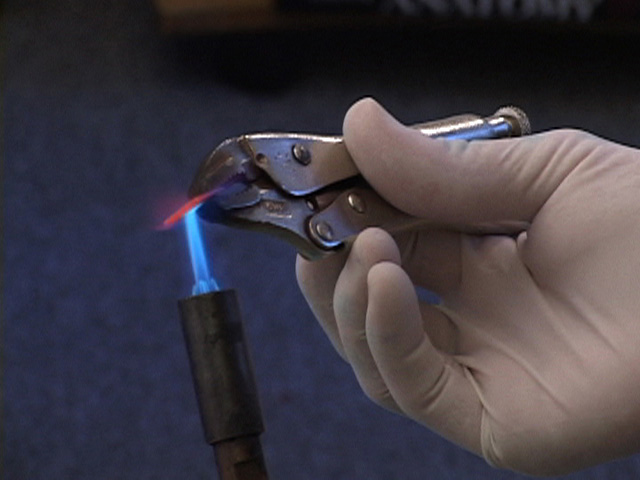
Human branding
Human branding or stigmatizing is the process by which a mark, usually a symbol or ornamental pattern, is burned into the skin of a living person, with the intention that the resulting scar makes it permanent. This is performed using a hot or very cold branding iron. It therefore uses the physical techniques of livestock branding on a human, either with consent as a form of body modification; or under coercion, as a punishment or to identify an enslaved, oppressed, or otherwise controlled person. It may also be practiced as a "rite of passage", e.g. within a tribe, or to signify membership of or acceptance into an organization.
Etymology[edit]
The English verb to burn, attested since the 12th century, is a combination of Old Norse brenna "to burn, light", and two originally distinct Old English verbs: bærnan "to kindle" (transitive) and beornan "to be on fire" (intransitive), both from the Proto-Germanic root bren(wanan), perhaps from a Proto-Indo-European root bhre-n-u, from base root bhereu- "to boil forth, well up". In Dutch, (ver)branden mean "to burn", brandmerk a branded mark; similarly, in German, Brandzeichen means "a brand" and brandmarken, "to brand".
Sometimes, the word cauterize is used. This is known in English since 1541, and is derived via Medieval French cauteriser from Late Latin cauterizare "to burn or brand with a hot iron", itself from Greek καυτηριάζειν, kauteriazein, from καυτήρ kauter "burning or branding iron", from καίειν kaiein "to burn". However cauterization is now generally understood to mean a medical process – specifically to stop bleeding.
Protests[edit]
In symbolic solidarity with Calf 269, protesters in Israel subjected themselves to branding on World Farm Animals Day (Gandhi's birthday): October 2, 2012. This act was emulated by others in England and the Czech Republic. An English protester who was interviewed justified the extremism as a reaction to the extreme cruelty perpetrated by the dairy industry such as shooting calves at birth.[26]